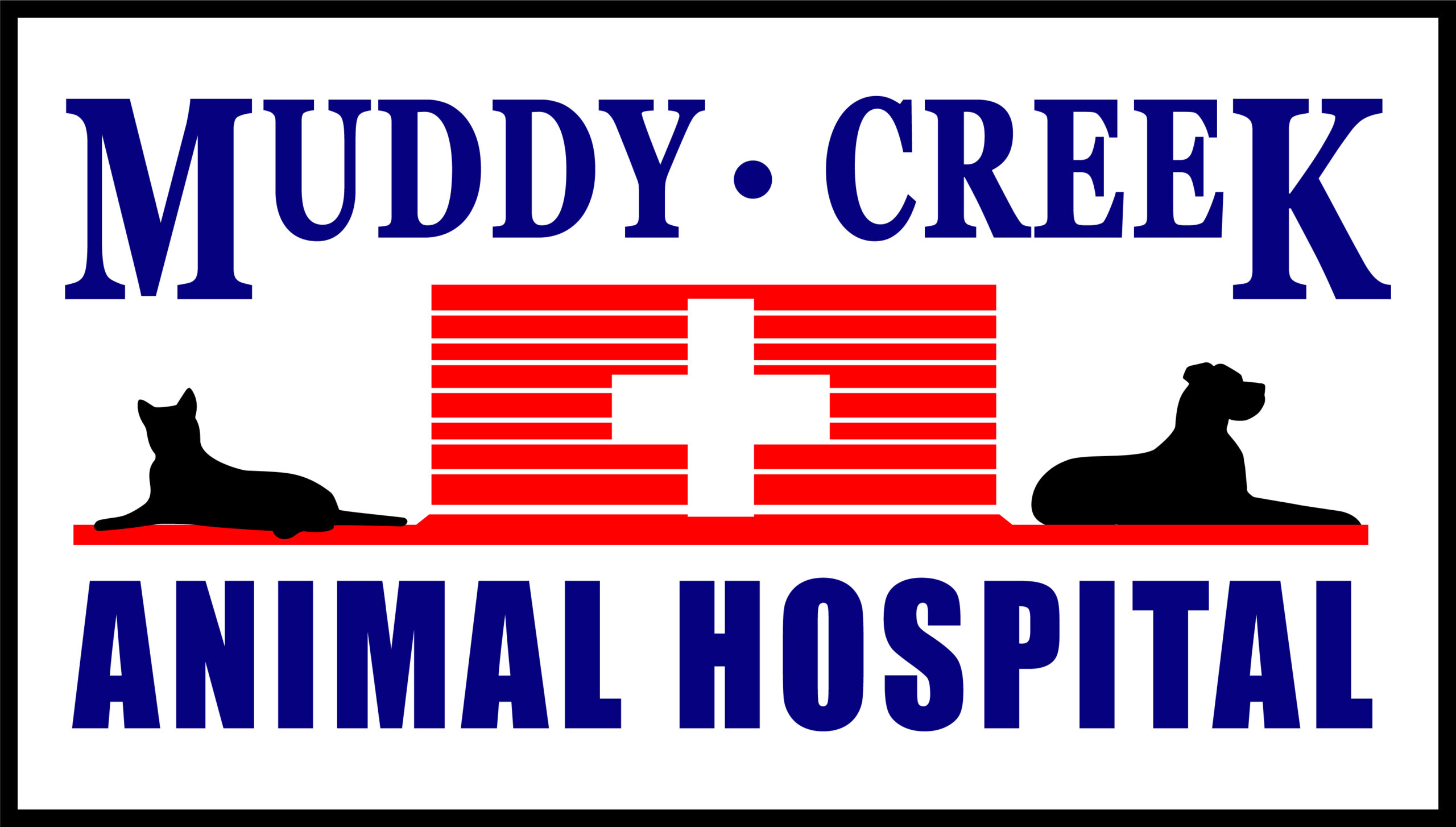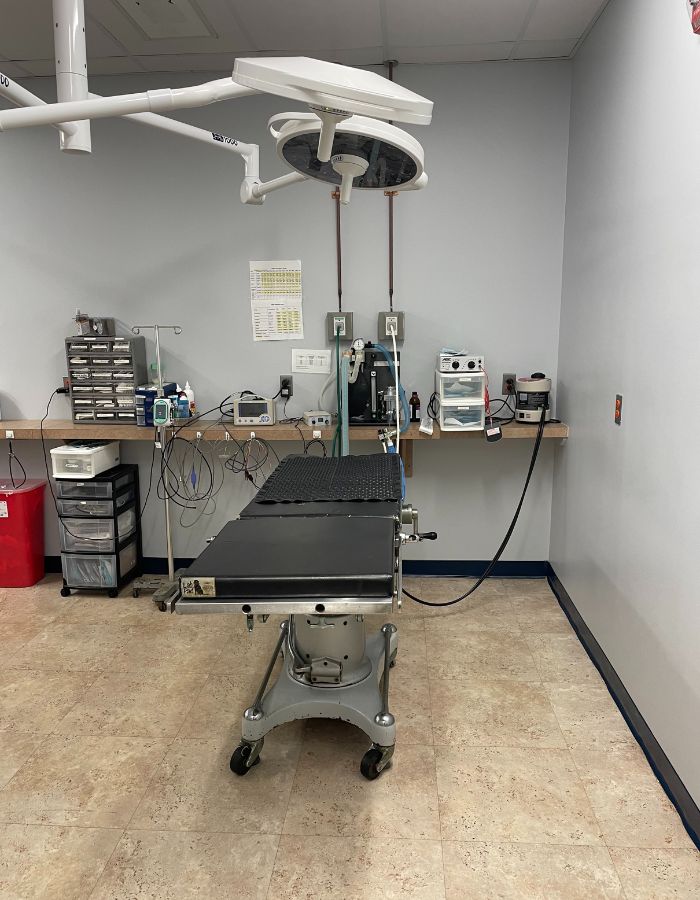Our Veterinary Service
Pet Dentistry
To guarantee that we stay at the cutting edge of veterinary dental practises, our veterinarians regularly consult with veterinary dentists to update our dental standards. We strive to provide the best services to keep your pet healthy since we are aware of how important your pet is to your family. Find out more about our services for pet dentistry below.
Pet Dentistry
Preventative dental care is expertly performed by our team of veterinary specialists, who have years of experience. These procedures keep teeth and gums healthy and clean while reducing plaque and tartar buildup. We get a behind-the-scenes look at tooth health via dental x-rays. Each tooth is completely cleaned above and below the gum line, scaled to remove tartar, and then polished.
Our cutting-edge pet dentistry procedures can also assist if your pet currently has a dental issue, such as loose or damaged teeth, gingivitis, or dental disease. Our veterinary team has the training and expertise to treat and manage current oral health issues, such as tooth extraction and repair, as well as minor oral surgery when necessary. We are committed to helping to resolve your pet’s dental issues and put them back on the path to a healthy mouth.
Each pet that undergoes a dentistry procedure has different needs for oral health. Prior to the dental procedure, a veterinarian will examine your pet’s mouth to determine what stage of dental your pet would require.
Stage 1: The earlier stage of dental disease is characterized by gingivitis (inflammation of the gums) which is a response to the presence of tartar and bacteria. Annual dentistry is recommended at this stage to continue practicing healthy dental hygiene. Your pet’s teeth will be probed by your veterinarian and then scaled and polished by the assisting veterinary technicians. Radiographs are not taken during this stage unless there is a concern.
Stage 2: Known as early periodontitis, this stage occurs when there is a small amount of bone loss (less than 25%) that is visible on oral radiographs. You may have noticed inflammation of your pet’s gums, visible plaque, and tartar as well as bad breath. Oral radiographs are included at this stage. Tooth extractions are possible at this stage but are unlikely if staged appropriately.
Stage 3: Severe dental damage starts to occur at this stage, also known as moderate periodontitis. This means your pet could have 25-50% bone loss that is visible on oral radiographs as well as swollen and irritated gums that may bleed easily. There can be a loss of gum attachment to the tooth-forming areas known as periodontal pockets. Bad breath and pain can be symptoms of this stage. Oral radiographs will be taken. There is a higher possibility that extractions may be necessary.
Stage 4: Extreme and chronic periodontal disease is present in this final stage, where bone loss is 50% or higher which is visible on oral radiographs. Your pet may be in severe pain, at risk of losing multiple teeth, and have an infection. There is also the possibility of damage to internal organs due to bacteria from the mouth entering the bloodstream and speeding throughout the body. Oral radiographs are included in this stage and extractions should be expected.
No matter what stage of dental procedure your pet requires we offer advanced pain management techniques before, during, and after your pet’s surgery to minimize pain and discomfort.
We will give you instructions, suggestions, and examples of methods you may use at home to maintain your pet’s teeth and gums throughout the year, in-between visits. It is critical that you participate actively in your pet’s dental care to prevent plaque and tartar buildup. Together, we’ll strive to give your pet a lifetime of clean, healthy smiles!

